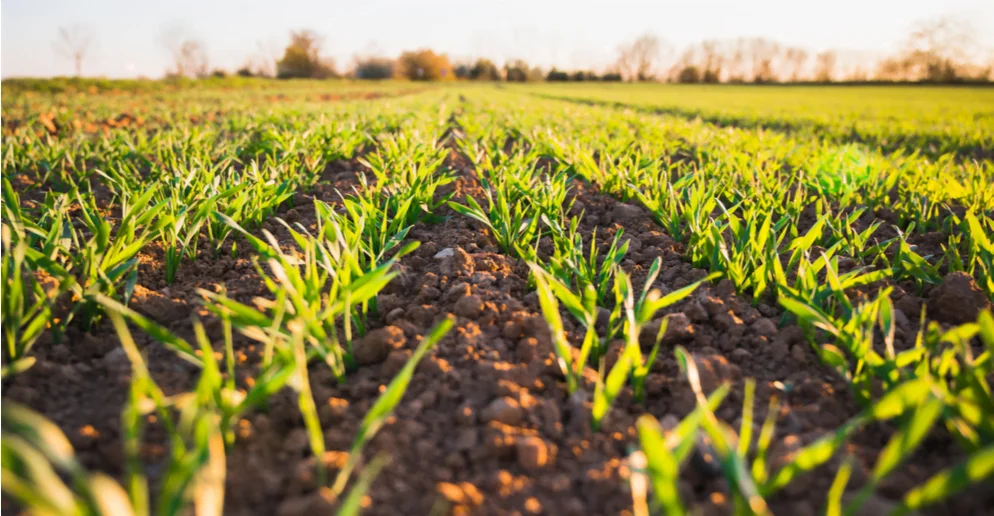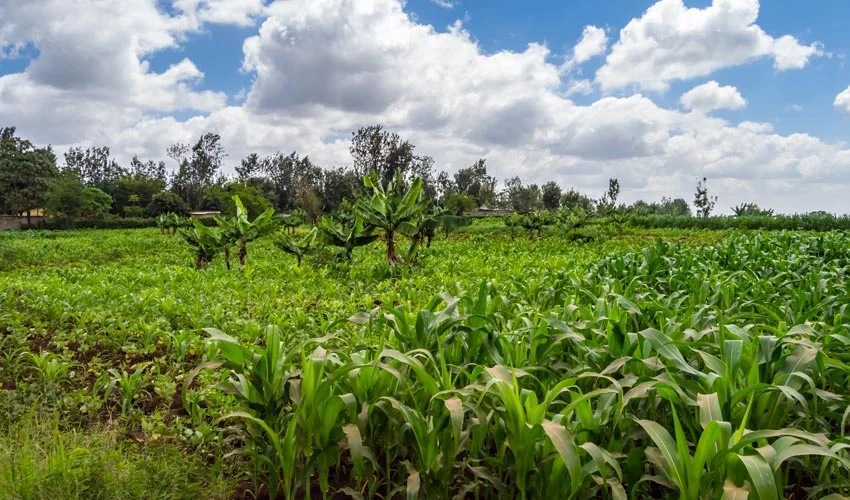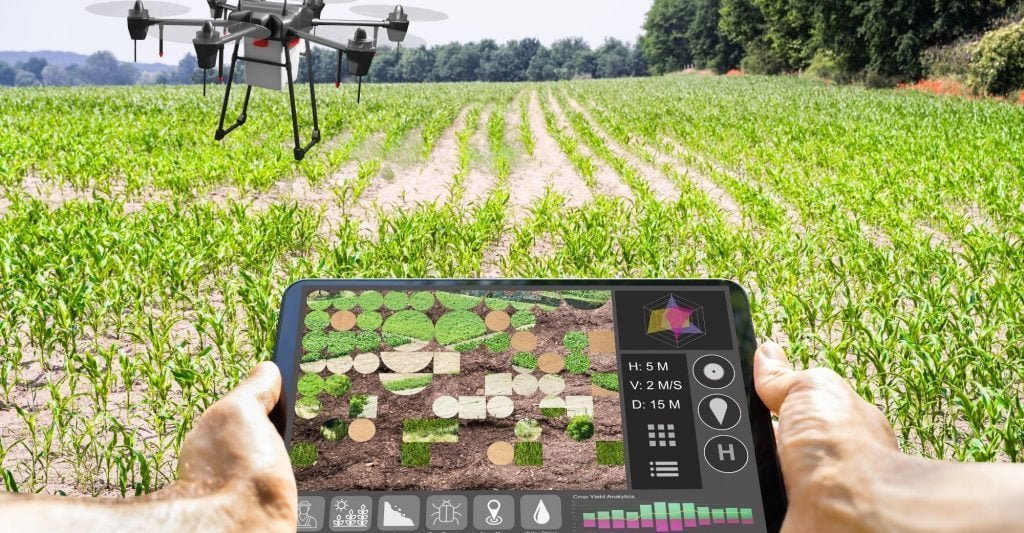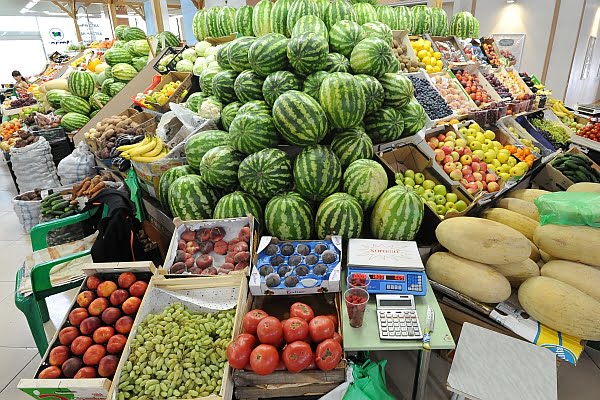The application of blockchain in agriculture enables the traceability of information throughout the food supply chain, thereby contributing to the improvement of food safety.

Agriculture is not relenting in joining the bandwagon of prospects that the application of blockchain churn in different streams of endeavor. The blockchain is a distributed ledger in which all participants can add and store information about their accounts and transactions. Agricultural data collection can be time-consuming and expensive, so it’s nice to have a dependable source for the current state of farms, inventories, and contracts.
Using blockchain technology, food can be tracked and traced back to its source, which helps to build trust between producers and consumers in the food supply chain. It makes it possible to use data-driven technologies to improve farming because it is a trusted method of storing data.
Combined with smart contracts, it enables timely payments between stakeholders, which can be triggered by data changes that appear on the blockchain.
There are many applications of blockchain technology in the food supply chain, agricultural insurance, smart farming, and the transactions of agricultural products.
Importance Of Blockchain To Agriculture
In the Agriculture sector, blockchain technology modifies how trust is granted; instead of trusting an authority, cryptography and peer-to-peer architecture are relied upon. Thus, it facilitates the restoration of producer-consumer trust, thereby reducing transaction costs in the agri-food market.
As the food and agricultural industries become increasingly intertwined, it becomes increasingly difficult to keep track of where products are at all points along the long supply chain. As a result, consumers, governments, and other stakeholders can now have answers to long-standing concerns about food safety and quality.
The entire lifecycle of a product, from conception to disposal, can be tracked using the blockchain. To develop data-driven facilities and insurance solutions that make farming smarter and less vulnerable, reliable data on the farming process is of great importance.
Applications Of Blockchain In Agriculture
Here, we will look at four types of agricultural and food-related applications:
- Agricultural insurance
- Smart farming
- Food supply chains
- Agricultural product trade
Agricultural Insurance

Agricultural insurance plans have long been recognized as a useful tool for reducing weather-related financial losses. Here, farmers pay an insurance premium before the start of the cropping cycle and receive a payout if their farm suffers damage.
Farmers can manage their financial exposure to weather extremes, i.e., financial losses caused by weather extremes, because the insurer takes on all of the insured risks. The way losses are assessed and, as a result, payouts are triggered differs among agricultural insurances. Indemnity-based insurances are those that reimburse farmers based on a farm damage assessment made by a farm expert.
Farmers are increasingly relying on index insurances as a risk management tool while reducing their base risk is of paramount importance. In two ways, blockchain can improve index insurance. When weather data triggers a smart contract, payments can be made automatically in a timely manner.
Another benefit of integrating weather and other data sources via a smart oracle is that the index determination and payout process more efficient and the basis risk reduction is improved.
Smart index insurance contracts have already seen the light of day in prototype form. When it comes to crop insurance, a Swiss-based company called Etherisc1 provides decentralized crop insurance based on blockchain technology that pays out in DIP tokens based on weather data.
Smart Agriculture

Many modern data collection and analysis technologies, including unmanned aerial vehicles (UAV), sensors, and machine learning, are used in smart agriculture. The development of a comprehensive security system that facilitates the use and management of data is a critical issue in smart agriculture.
Traditional data management methods are prone to data inaccuracies, data distortion, and cyber-attacks because they manage data centrally. Environmental monitoring data, for example, is typically managed by centralized government entities with their interests in mind. They can sway data-driven decisions.
Throughout the entire value-added process, from seed to sale, blockchain technology serves to store data and information generated by various actors and stakeholders. It ensures that all recorded data is immutable and available to all parties involved in the process.
Many companies are focusing on the use of blockchain in smart farming. Using smart farming technology, companies like Fliament, for example, provide devices for connecting physical objects and networks. It created hardware the size of a penny that can be connected to any existing machine or device via a USB port and used to securely transact on a blockchain.
The technological barrier for farmers to participate in smart agriculture with blockchain is not reduced, if not raised.
Food Supply Chain
Food supply chains have become longer and more complicated as a result of increased globalization and intense competition in the market. In the food supply chain, there are some common issues such as food traceability, food quality, food trust, and supply chain inefficiency, which pose additional risks to society, the economy, and human health.
The transparency characteristic of blockchain in product information provides an opportunity for manufacturers to build consumer trust and enhance their brand’s reputation, which benefits both producers and consumers alike.
However, a product’s journey from its origins to its retail location can be documented in a blockchain. For example, DNA from livestock animals or pesticide residues from grain or vegetables can be stored in a secure and immutable way.
Also, a more transparent food supply chain is made possible by blockchain technology, which allows customers to communicate directly with producers. Removing barriers to the exchange of goods, helps consumers feel more secure about the safety of the food they eat.
Blockchain, from the perspective of regulatory agencies, provides them with reliable and accurate information that they can use to make informed and efficient regulations.
Many companies are actively exploring the use of blockchain technology in food safety management and putting it into practice. A few examples include Walmart, Alibaba, and JD.com all working on food traceability projects based on the decentralized ledger technology.
Agricultural Products Trade

There is a need to address some critical issues in the e-commerce and agricultural product trade. Delivery and logistics are the most critical issues for e-commerce companies, particularly in developing countries.
Many of these issues may be addressed by the use of blockchain technology.
Information security: private key encryption, provided by blockchain technology, is a powerful tool for authenticating transactions. So, it can securely and unalterably link all aspects of planting and harvesting agricultural products.
Payment methods: a zero-rate digital payment solution is provided by the blockchain. In addition, the use of cryptocurrency in agricultural product transactions will reduce transaction costs even more.
Consumer confidence: the distributed accounting system of the blockchain is time-stamped through the decentralized mechanism so that all information on the chain is unmodifiable.
Supply chain management: by reducing the cost of each entity’s signaling, blockchain technology may be able to facilitate supply chain management more efficiently than traditional monitoring mechanisms.
There are already some companies that are using this technology in practice, even though it may not be used in the entire process. To give one example, customers of Hubei Province’s Old Farmers’ Shopping Mall can now track the origin of every item they purchase through the use of blockchain technology.
Conclusion
Blockchain facilitates the development and use of data-driven innovations for smart farming and smart index-based agriculture insurance. However, the application of blockchain technology is still in its infancy and its current use is not simply perfect.
